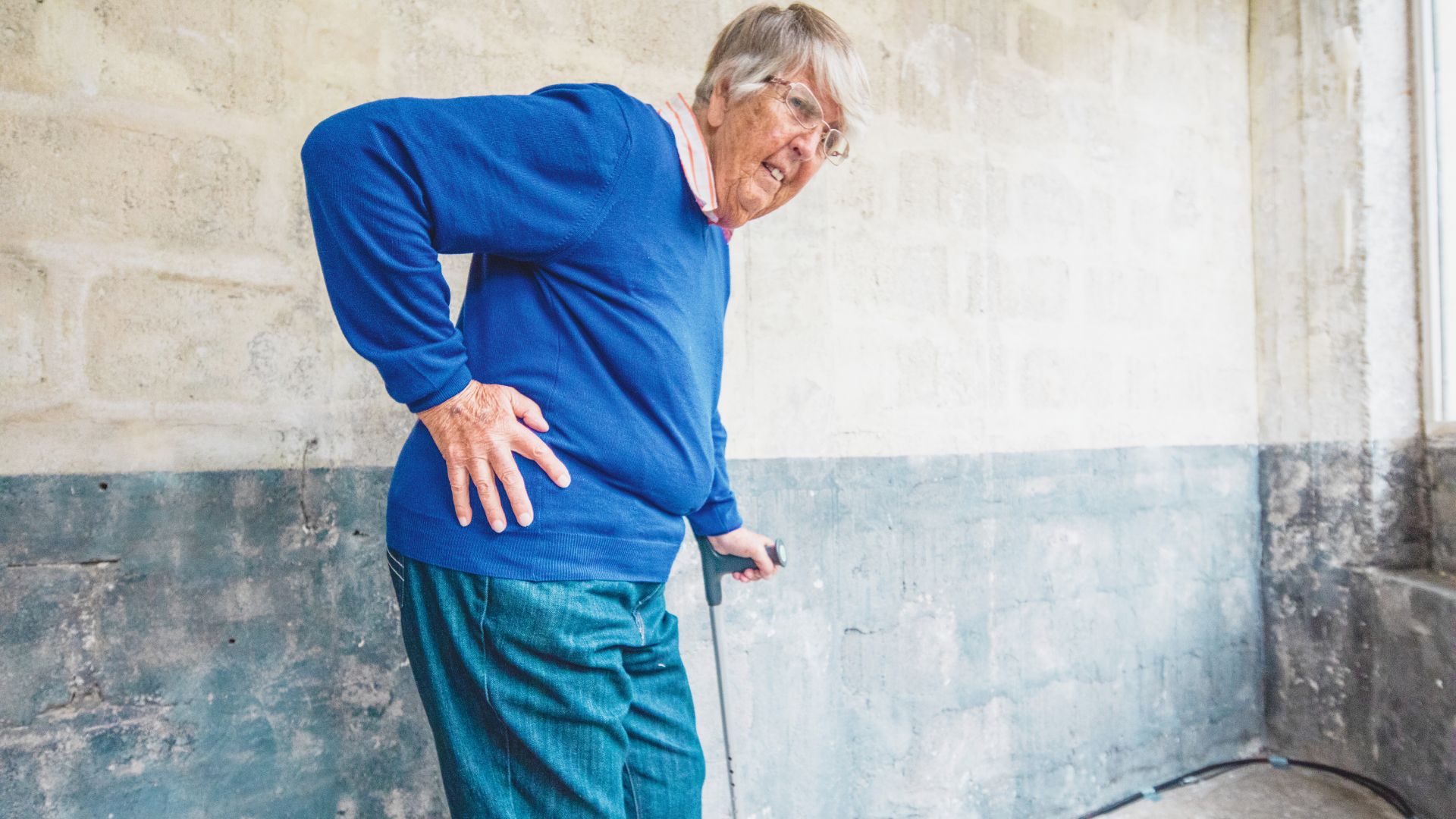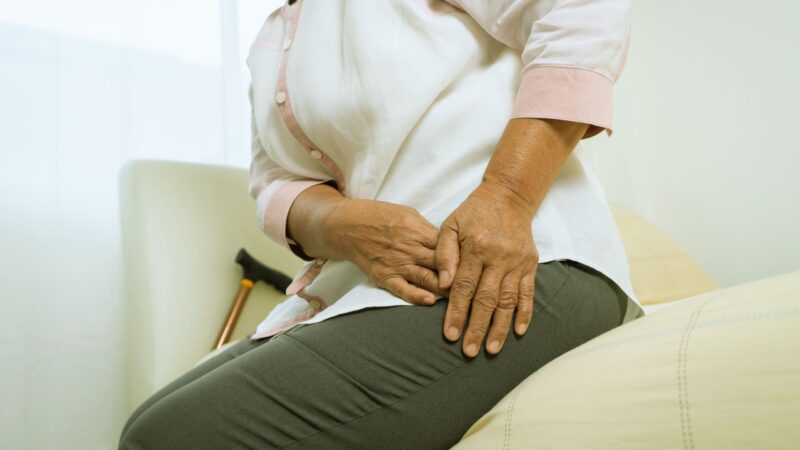Gone are the days of a hip replacement lasting only ten years – with technology advancing at the pace it is, they will be growing new legs by the time we need repeat surgery!
Nevertheless, for those who have decided upon a hip replacement, it is imperative to prepare! At The Physio Co (TPC), we encourage you to start what we call ‘pre-habilitation’ as early as possible, as well as prepare your home environment and ensure you have the social support around you to make your recovery smooth sailing.
What does ‘pre-habilitation’ involve?
Preferably, six to eight weeks of physiotherapy to help improve strength and flexibility in the area around the hip is seen as optimal.
However, if there is an option to commit more time to the cause, then it’s definitely worth it!
Why not look at incorporating these five daily exercises into your routine to start your pre-habilitation journey!
I am getting a new hip joint – why bother with exercise beforehand?
This is a common question, so let’s address it right off the bat!
While getting a new hip joint may seem like a fresh start, during your surgery, the surgeon keeps your existing muscles and only replaces the hip joint with an implant. Everything else remains the same.
This means it’s vital that you strengthen and increase the flexibility in your muscles beforehand so your new hip can be supported post-surgery. You are conditioning and familiarising your brain with these movements so it’s ready to go after your surgery.
As the old saying goes – “patients who know better, do better”.
This means people who have had the other hip replaced or people who are well informed always fare better because they know what’s coming and they know the benefits of pre-habilitation.
TPC physios will give you a personalised exercise program to specifically help with your pre-habilitation, as well as answer any questions or concerns you may have.

How to prepare your home environment for a safe return from hospital
A fall, slip, or trip is the last thing you need following major surgery. Thus, setting up your home for a safe return is the best way to prevent any complications.
What can I do to help set up my home? Here are some ideas …
- Remove any rugs that could be slip or trip hazards
- Make sure the path from your bedroom, living area, kitchen and bathrooms are unobstructed and clutter free
- Ensure commonly used items such as the kettle or telephone are easily accessible
- If you have a long hallway, set up a chair if space permits, in case you need a rest halfway
- If you have a staircase to your bedroom, consider whether it’s possible to sleep downstairs for a while. Before you go for surgery, prepare a downstairs room for a temporary stay.
- If you have low couches, place a dining chair in the lounge area for an appropriate seating arrangement during recovery
- Consider installing hand railing, a shower stool, or an over-the-toilet seat to raise its height. These additions will ensure your safety in the bathroom.
Finally, preparing social supports for your return
After returning home from a hip replacement, there will be certain activities you cannot do immediately. Driving may be one of those activities. Your surgeon will provide guidance on when it is safe to resume driving. If you live alone, you might need to ask a family member, neighbour, or friend for help with getting supplies or driving you to appointments.
It’s important to have someone check in on you during your recovery to help with tasks around the home that you may find challenging.
You might have limitations on bending or find it difficult to reach items on high shelves due to balance issues. Your body is undergoing significant healing after surgery; to avoid aggravating your hip or causing unnecessary stress to the joint, don’t hesitate to ask for help.
Social support is crucial during your recovery from a hip replacement. Spending time with loved ones, whether it’s sharing a cup of tea or enjoying a drive to the park, can greatly enhance your recovery process. Staying connected with others provides motivation, practical assistance, and emotional boost, making your recovery journey smoother and more pleasant.
Ready to get your pre-habilitation and preparation journey underway? To book your first appointment, please call us on 1300 797 793, or email [email protected].
Have you already had your total hip replacement?
If you would like to know more about how a TPC physiotherapist can help you, please read this article: How can physio help with hip replacement recovery?
Article reviewed & updated by Madeline Low and Ella Le Hanie, TPC physiotherapists



 1300 797 793
1300 797 793